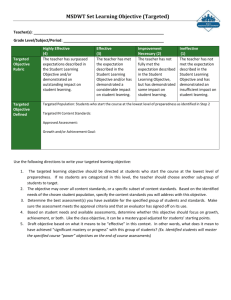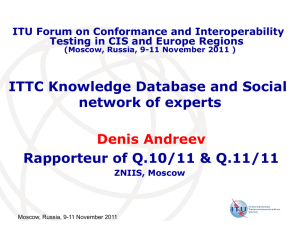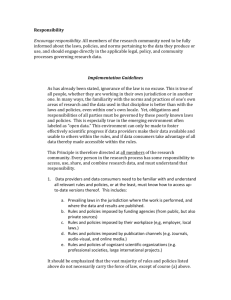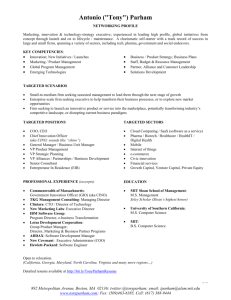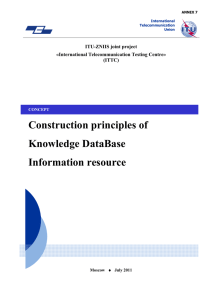click here
advertisement
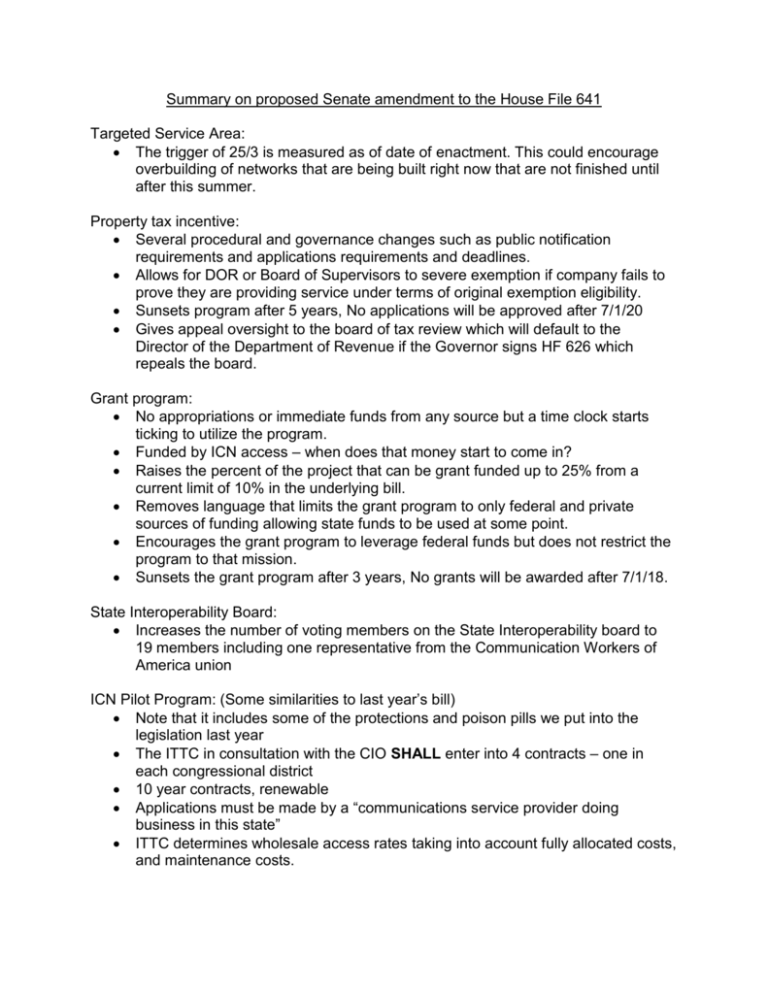
Summary on proposed Senate amendment to the House File 641 Targeted Service Area: The trigger of 25/3 is measured as of date of enactment. This could encourage overbuilding of networks that are being built right now that are not finished until after this summer. Property tax incentive: Several procedural and governance changes such as public notification requirements and applications requirements and deadlines. Allows for DOR or Board of Supervisors to severe exemption if company fails to prove they are providing service under terms of original exemption eligibility. Sunsets program after 5 years, No applications will be approved after 7/1/20 Gives appeal oversight to the board of tax review which will default to the Director of the Department of Revenue if the Governor signs HF 626 which repeals the board. Grant program: No appropriations or immediate funds from any source but a time clock starts ticking to utilize the program. Funded by ICN access – when does that money start to come in? Raises the percent of the project that can be grant funded up to 25% from a current limit of 10% in the underlying bill. Removes language that limits the grant program to only federal and private sources of funding allowing state funds to be used at some point. Encourages the grant program to leverage federal funds but does not restrict the program to that mission. Sunsets the grant program after 3 years, No grants will be awarded after 7/1/18. State Interoperability Board: Increases the number of voting members on the State Interoperability board to 19 members including one representative from the Communication Workers of America union ICN Pilot Program: (Some similarities to last year’s bill) Note that it includes some of the protections and poison pills we put into the legislation last year The ITTC in consultation with the CIO SHALL enter into 4 contracts – one in each congressional district 10 year contracts, renewable Applications must be made by a “communications service provider doing business in this state” ITTC determines wholesale access rates taking into account fully allocated costs, and maintenance costs. Any rate adjustments must be made via 3 public hearings in each targeted service area Applications must focus on the: o Relative need for broadband access, with a focus on the need for telecommunications network access in that targeted service area linking the network operator’s core network to the local network plant. o The economic development advantages of providing access to network facilities in the area. o The connectivity issues of schools in the area. Access to leased facilities must be with the consent of the lessor Access shall be subject to retention of sufficient capacity for existing and future authorized user demands. Access shall be provided solely for wholesale transactions to communications service providers to facilitate the installation and deployment of broadband infrastructure in targeted service areas of the state. Provides a right of first refusal for private providers who have fiber networks in “close proximity” to provide service at or below the wholesale rate determined by the ITTC Allows that provider to show that it plans to serve that area by 7/1/17 Applicant must serve “all customers” in the targeted area with 25/3

